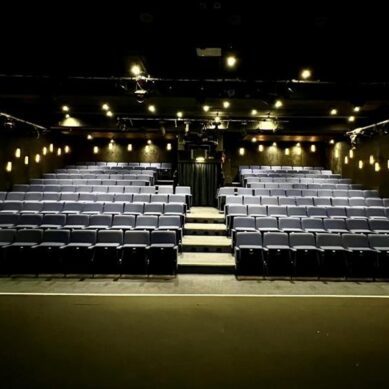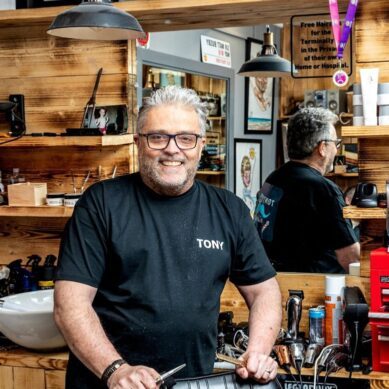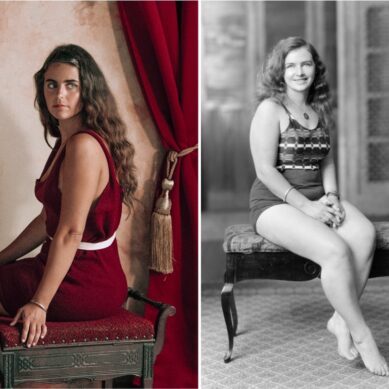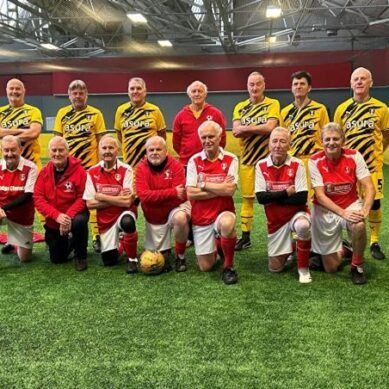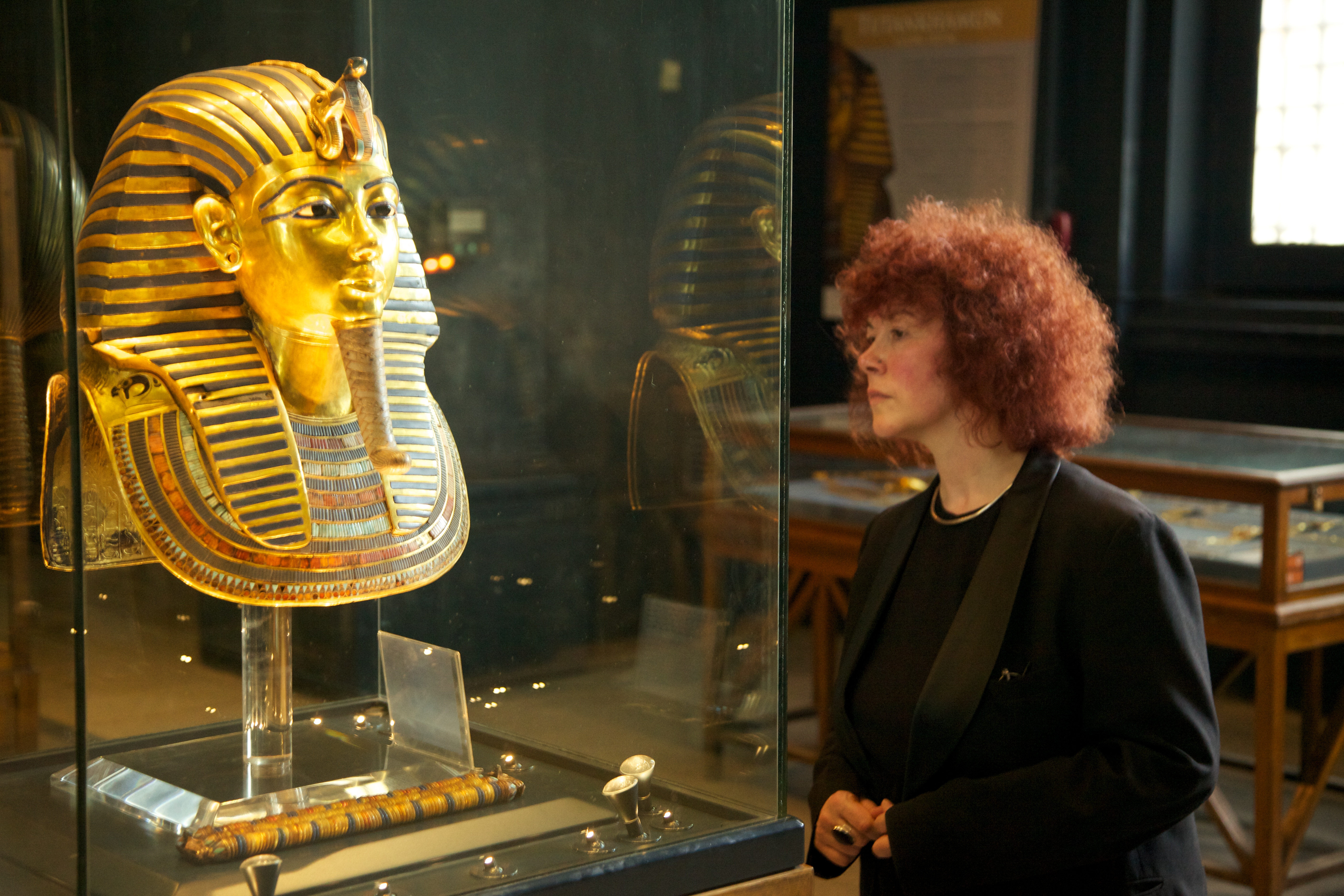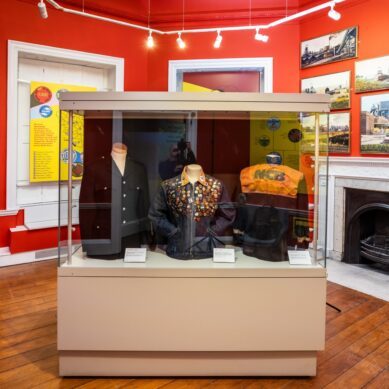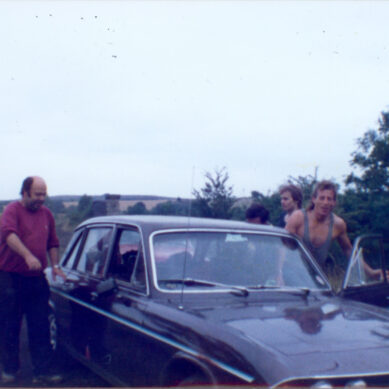Dementia is one of the greatest health challenges of a generation and over half of the population know someone who has been diagnosed with a form of dementia.
But it’s not just something that happens to everyone with old age and it’s more than just memory loss.
A new art and science exhibition at Cooper Gallery in Barnsley has been launched to raise awareness of what dementia actually is, and better inform the public about what dementia research is finding happens in the brain.

Brains in a Dish is a collaborative project by Barnsley-born dementia researcher, Professor Selina Wray, glass and light artist, Charlie Murphy, and electronics engineer, Robin Bussell. The exhibition, which runs until Saturday 14th January, features large scale kinetic installations with glass, light and body recognition software.
Charlie’s artwork has been inspired by Selina’s cutting-edge dementia research, particularly the images of brain cells through a microscope. She has created an array of delicate, colourful glass sculptures that react with UV lighting using recycled scientific glass.
Reformed glass tubes have been turned into branch-like structures arranged above visitors’ heads like a forest. Robin has developed playful and immersive digital tools including small robots that fire green lasers through the glass to look like neurons connecting with each other in the brain.

Throughout the duration of the exhibition, the Brains in a Dish team are offering free creative activities for gallery audiences, local schools, colleges and community groups for people living with dementias. Workshops include ‘Brainscan Headdress’, ‘Neuronal Discos’, glass blowing, laser programming and cell decorating to explore the brain and dementia research.
Selina is based at the UCL dementia research centre where she and her team use powerful and advanced technology to investigate the underlying causes of degeneration in the brain. The specialist team can grow brain cells in a dish from sample skin cells to investigate the genetic differences in healthy and diseased cells.
Charlie donated her own skin cells to the project and watched the scientists nurture them for over a year until they became brain cells.
“They’re literally growing the stuff of thought. It’s a novel way of opening up an abstract science and really did blow my mind. I don’t have a scientific background but I’ve learnt a lot and have interpreted the principles of the technology through my art. They use these incredible dyes which change colour under the light and creates beautiful images,” she says.

Brains in a Dish hopes to change the public’s perception and understanding of dementia research.
There are over 200 types of dementia that are caused by different illnesses, the most common being Alzheimer’s Disease. Almost 600 people develop dementia every day, with the prevalence in the UK rising rapidly; by 2030, it’s predicted there will be more than one million people living with dementia.
“There is still a stigma surrounding dementia and also a lack of support which leaves people battling it on their own. But there are some amazing research projects taking place which are leading us in the right direction, so I’d like for this exhibition to give people hope,” Charlie says.
The exhibition has been partly funded by Alzheimer’s Research UK’s Inspire Fund and Barnsley was chosen to celebrate the achievements of Selina. She lost both parents at a young age and didn’t have an advantaged background. Through hard work and determination, she was made a professor at 35 and now leads the pioneering research at UCL.
Her story is a great example for what opportunities are available for young people in Barnsley encouraging them to pursue their ambitions.
Prof Wray said: “This exhibition has a particular resonance for me – it’s a privilege to bring the work to my hometown where everything started for me, and I’m excited for the local communities to have the chance to interact with it.
“I really like the glass sculptures that Charlie has developed in response to our cells and the images she’s seen. They’re very beautiful but on a deeper level they really capture the fragility and the delicateness of the cells that we’re growing, recognising just how fragile they are in our brain.”
For more information, visit www.cooper-gallery.com
